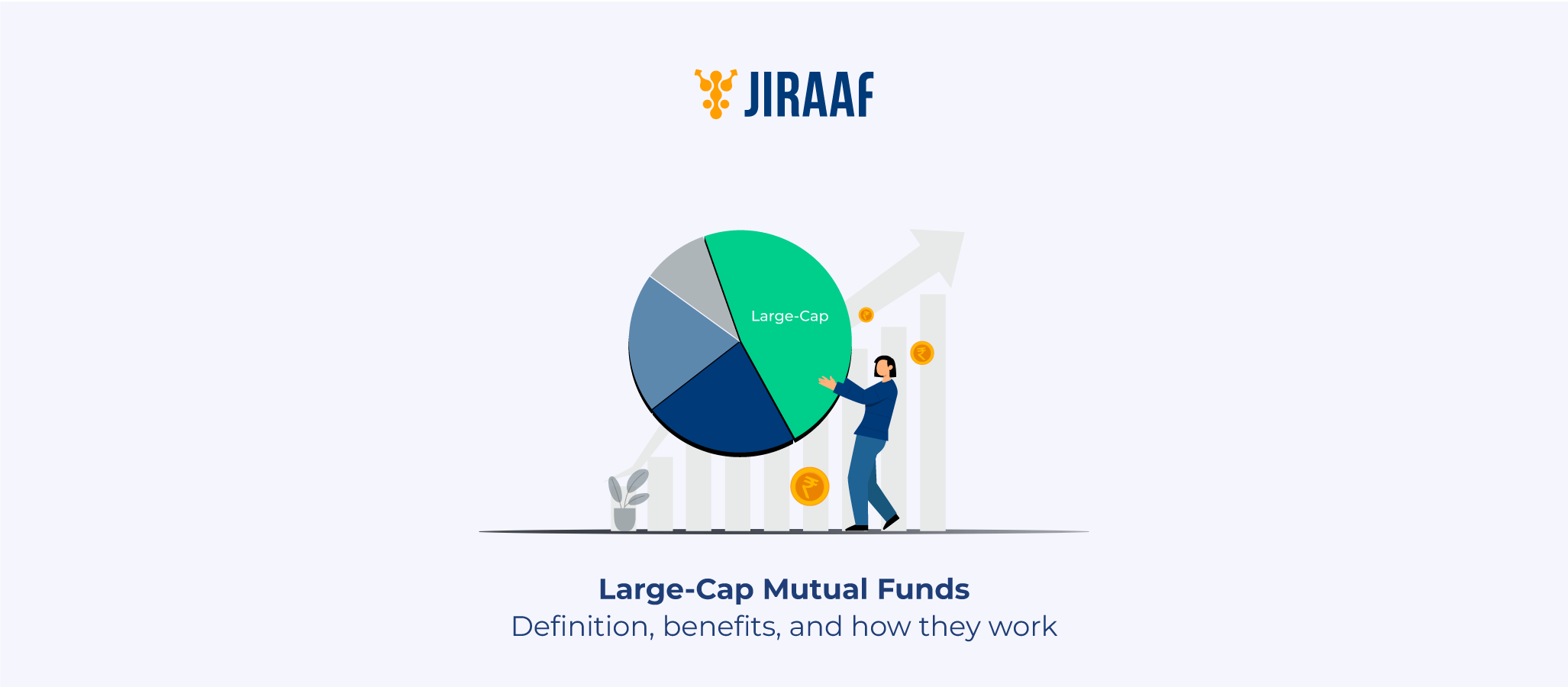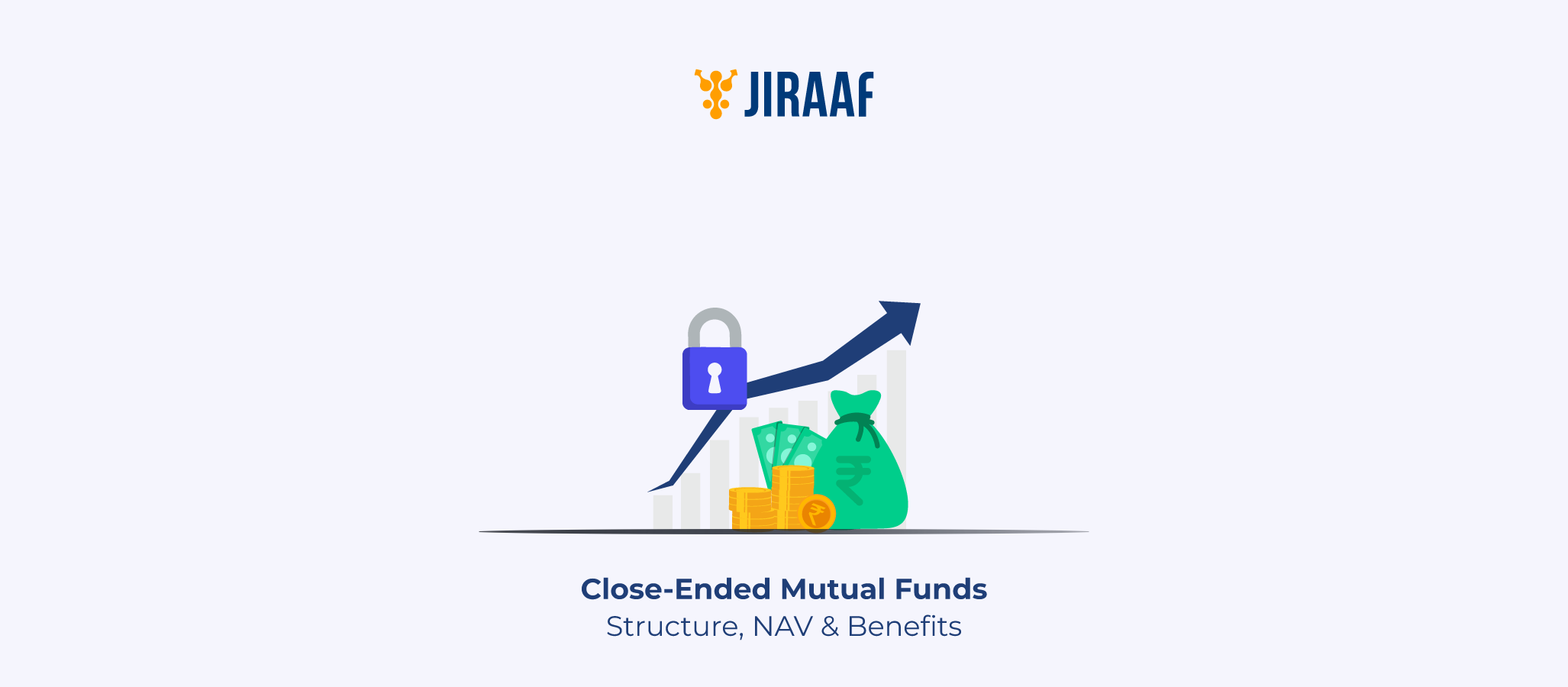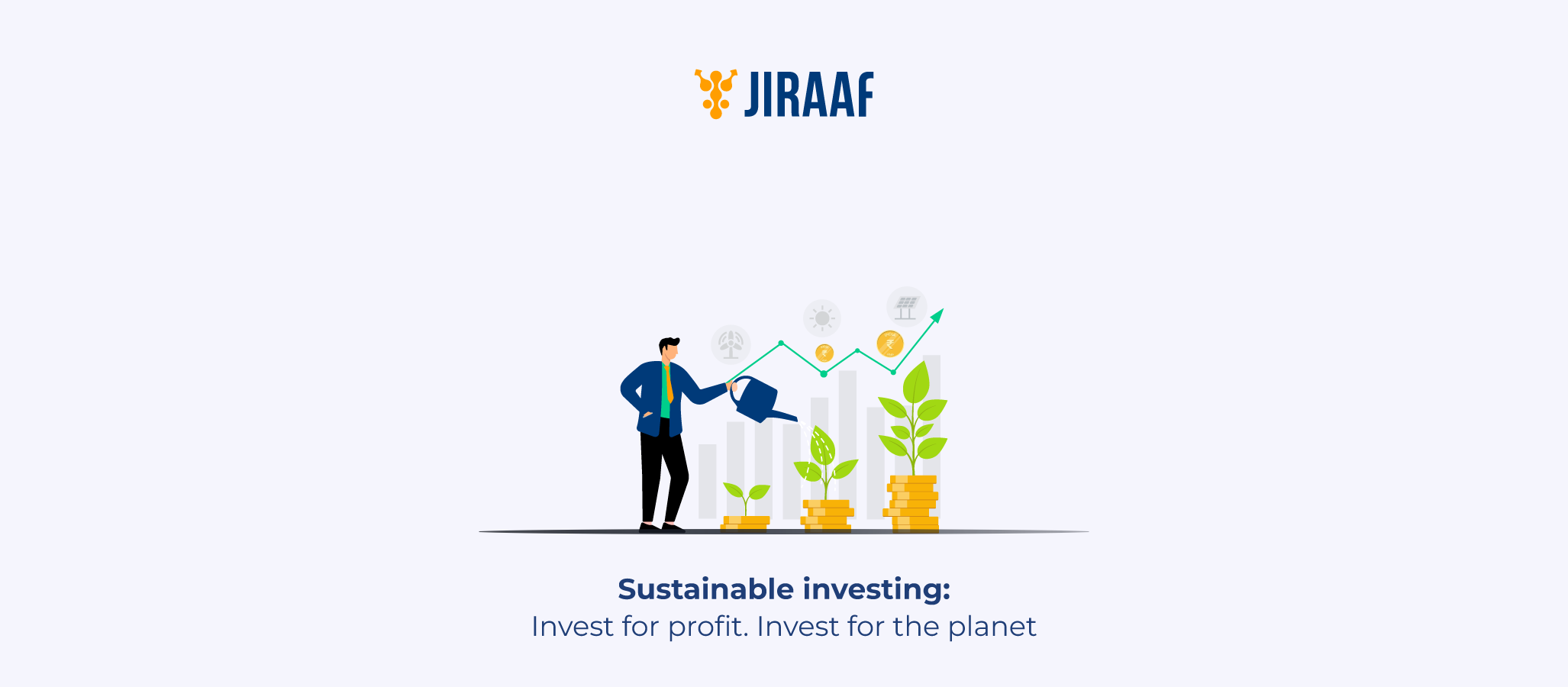Investing in mutual funds is much like choosing your class on a cruise ship – some decks are adventurous and unpredictable (like mid- and small-cap funds), while others offer a smoother, more stable journey. Large-cap mutual funds are the equivalent of the main deck cruise – reliable, steady, and built for long-term comfort. But how do these funds really work? What makes them a dependable choice over time? And how can you come aboard as an investor? Let’s set sail and explore.
What Is a Large Cap Mutual Fund?
Large cap funds invest funds primarily in large, well-established companies. These are typically top 100 companies in India by market capitalization. Additionally, these schemes are believed to produce more consistent returns and involve a lower risk than small-cap or mid-cap schemes. If you have a long investment horizon and a comparatively lower risk threshold, these are an excellent choice.
These are typically industry leaders: think tech giants, energy monsters, robust banks and consumer staples you’ve relied on for years. As a result, investing in these businesses is seen as more stable and low risk.
Benefits of Investing in Large Cap Mutual Funds
Large cap mutual funds give you several benefits, some of which are:
- Higher returns: These mutual funds give higher returns than your fixed or traditional investing vehicles, nevertheless, having a lower risk profile than mid- or small-cap businesses.
- Lesser risk: These funds’ underlying firms are large capitalization businesses that are very immune to changes in the market. These businesses are already well-established and pose very little danger. Consequently, investing in large cap funds just means you are investing in low-risk funds.
- Portfolio diversification: It gives you the chance to diversify your portfolio, which can help your whole investment function more smoothly under various market scenarios.
Top Large Cap Mutual Funds in India (2025 Edition)
Here is a list of the five best-performing large cap mutual funds as of 2025, sorted according to their 5 year returns.
| Scheme | 5 year returns (p.a.%) |
| Nippon India Large Cap Fund | 23.02 |
| ICICI Prudential Large Cap Fund | 20.49 |
| Invesco India Large Cap Fund | 20.08 |
| DSP Large Cap Fund | 19.48 |
| HDFC Large Cap Fund | 19.15 |
How to Invest in Large cap Mutual Funds
You can invest in large cap mutual funds via many channels, and the investment process is quite simple; let’s break it down below.
- Mutual fund distributor: You can invest in large cap mutual funds through any mutual fund distributor of your choice, on their digital platforms like their app or website. Log in to your account and follow the on-screen instructions to make your investment.
- Direct Investment: The mutual fund company’s website allows you to make direct investments in large cap mutual funds along with them.
- Financial Advisors: Financial advisors can support you in customizing your mutual fund investments depending on your risk tolerance and financial objectives.
Besides this, the actual investment process can be done in two primary ways: Systematic investment plans (SIPs) and lump sum investments.
A SIP invests a set amount of money on a regular basis, which minimizes the effect of market volatility and helps you average out your investing costs over time. In contrast, a lump sum is a sizable payment made all at once into a financial instrument or investment option as opposed to distributing it over time.
Large Cap vs Mid Cap Mutual Funds: Key Differences
It’s important that you understand the prime difference between large cap and mid cap mutual funds before making a choice between them.
| Characteristic | Large cap funds | Mid Cap funds |
| Market capitalization | Top 100 firms. | Firms falling between 101-250. |
| Portfolio | At least 80% of total assets are allocated to large cap businesses’ stock and equity related instruments. | At least 65% of total assets are allocated to mid-cap businesses’ stock and equity-related securities. |
| Returns | Steady returns. Could perform poorer than small and mid-cap funds in an upbeat market. | More returns than large cap funds, but in an uptrend, they can do more poorly than small-cap funds. |
| Risk level | Moderate risk. | High risk. |
| Investment timeline | Ideally, between three to five years. | Minimum five to seven years. |
| Ideal for | Low-risk, long-term investors. | High-risk takers who expect better returns. |
| Volatility | Less volatile. | High volatility. |
Tax Implications of Large cap Mutual Funds
It’s critical that you understand the tax implications of investing in large cap mutual funds. These mutual funds are subject to the same taxes as other equity-linked products, such as shares and other types of mutual funds. Investments held for less than a year are subject to short-term capital gains (STCG) tax, while those kept for more than a year are subject to long-term capital gains (LTCG) tax, with gains of up to ₹1.25 lakh being tax-exempt within the fiscal year. Additionally, when you are deciding between growth and dividend fund options, you must consider the dividend distribution tax (DDT), which is suspended by the mutual fund operator just before dividend distribution. This tax also applies to large cap mutual funds.
Conclusion
If you value stability over speedy gains, large cap mutual funds provide a well-rounded strategy to growing your wealth. These funds invest in the top 100 firms by market capitalization to help provide steady returns with less volatility, which makes them perfect for long-term objectives, including wealth preservation, retirement planning, and children’s education. Large cap funds can be a reliable foundational component for you, regardless of your experience level, if you want to balance a high-risk portfolio or want to begin with a SIP. In most market situations, they are a wise choice owing to their past performance, tax efficiency, and lower risk. Matching your investments with your time horizon, risk tolerance, and financial objectives is ultimately the secret to success.
FAQs
What is considered a large cap company in mutual funds?
Mutual funds that invest in businesses with a high market capitalization—that is, top 100 companies by market capitalization – are known as large cap funds. These businesses are known for their solid business plans, consistent earnings, and long legacy. As a result, these funds provide you with the highest level of stability.
Are large cap mutual funds safe for beginners?
Large cap mutual funds are quite safe investments to put your money into. These are safe for both novice and experienced investors. These funds provide consistent returns, make significant investments in large-cap market, stable companies, and are typically seen as a secure investment choice.
Are large cap mutual funds suitable for long-term goals?
Given their low risk profile, large-cap mutual funds are secure investing options for both beginner and experienced investors. These funds provide consistent returns, make significant investments in large-cap market categories, and are typically seen as a secure investment choice.
How often should I review my large cap mutual fund portfolio?
In the end, you should assess your mutual fund portfolio at least once or twice a year, and more often if there are substantial changes in the economy or your personal situation.
Can I invest in large cap mutual funds via SIP?
Yes, you can invest in large-cap mutual funds through SIPs, often starting at just ₹500–1,000 per month. SIPs make investing affordable, reduce market-timing risk, and help average out costs over time. Many top large-cap funds offer SIP options – just check the fund’s terms before starting.
Discover fixed income investments with Jiraaf, a SEBI registered online bonds platform that educates and brings access to a wide array of bonds. Sign up today to explore diversified fixed income investment opportunities to support your goal-based wealth creation journey. Start investing!



